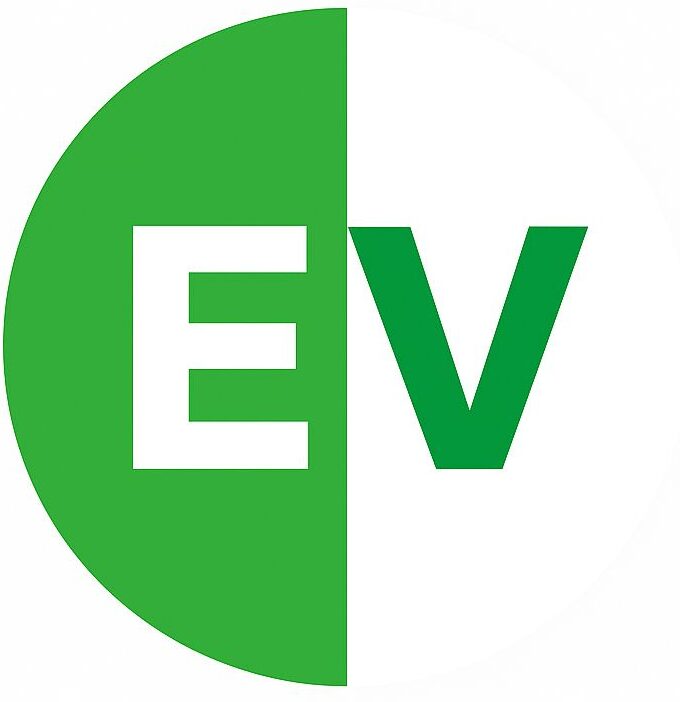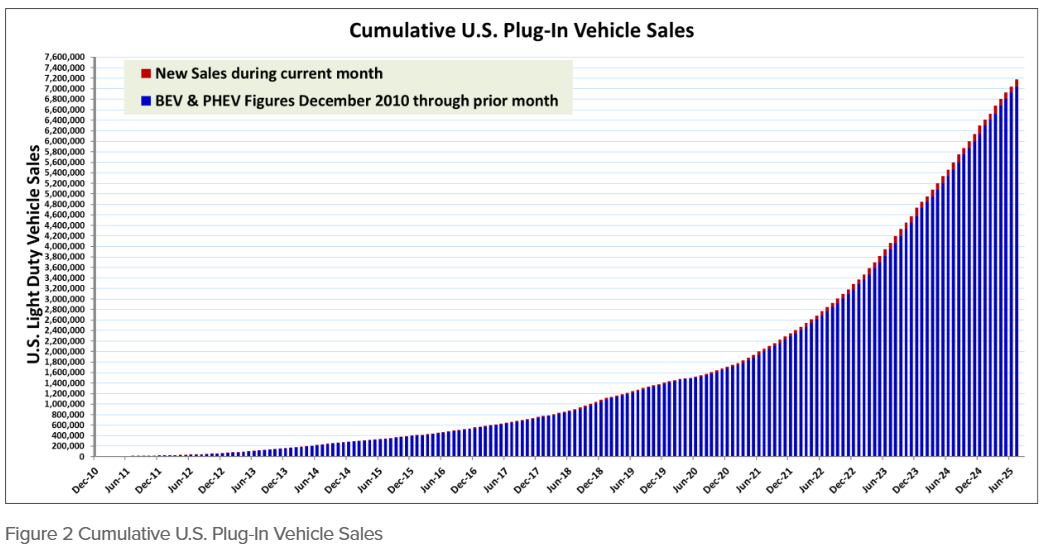
In the early days of electric mobility, one question was always asked by curious consumers, skeptical analysts and ambitious automakers. When will electric vehicles finally cost the same as petrol and diesel cars? For more than a decade the answer seemed safely distant, always a vision of tomorrow. But today as battery prices tumble at a speed faster than anyone predicted, that tomorrow suddenly looks closer than ever. The global electric vehicle market is on the verge of a transformation that could change not only the economics of transportation but the very rhythm of the automotive industry.
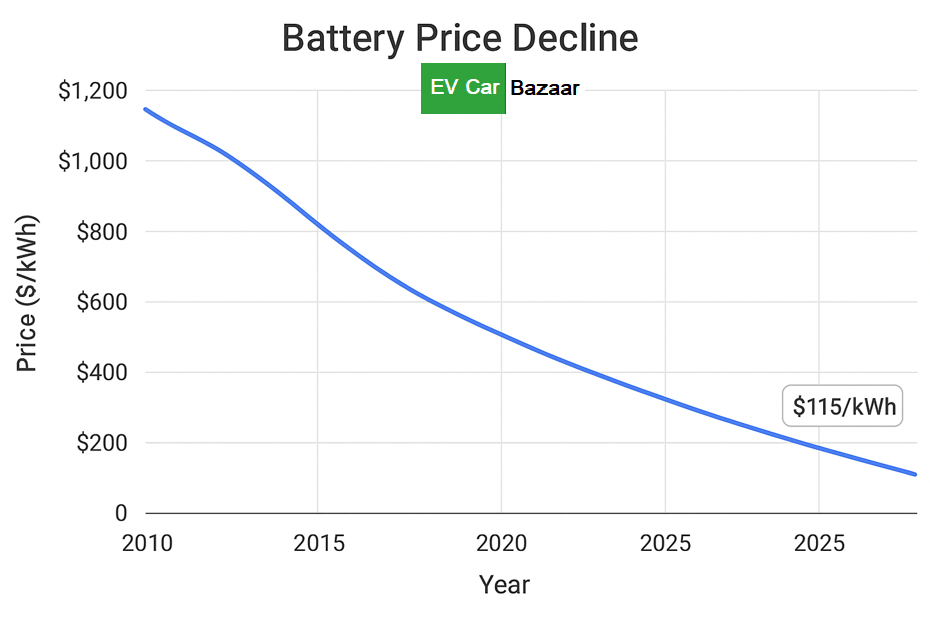
The battery beating heart of every EV. A decade ago, the cost of lithium-ion packs was the single greatest obstacle holding back mass adoption. In 2010, those batteries cost over $1,200per kilowatt-hour (kWh) making EVs an expensive novelty. Over the years, technology matured, factories expanded and supply chains deepened. By 2020, prices had dropped to nearly $150/kWh. And now, the decline has turned into a landslide. According to Bloomberg NEF 2024 witnessed the steepest fall since 2017, with average pack prices plunging almost 20% in a single year to $115/kWh. Goldman Sachs predicts they could sink further approaching $80/kWh by 2026 a level at which upfront price parity with petrol cars becomes a reality not just a promise.
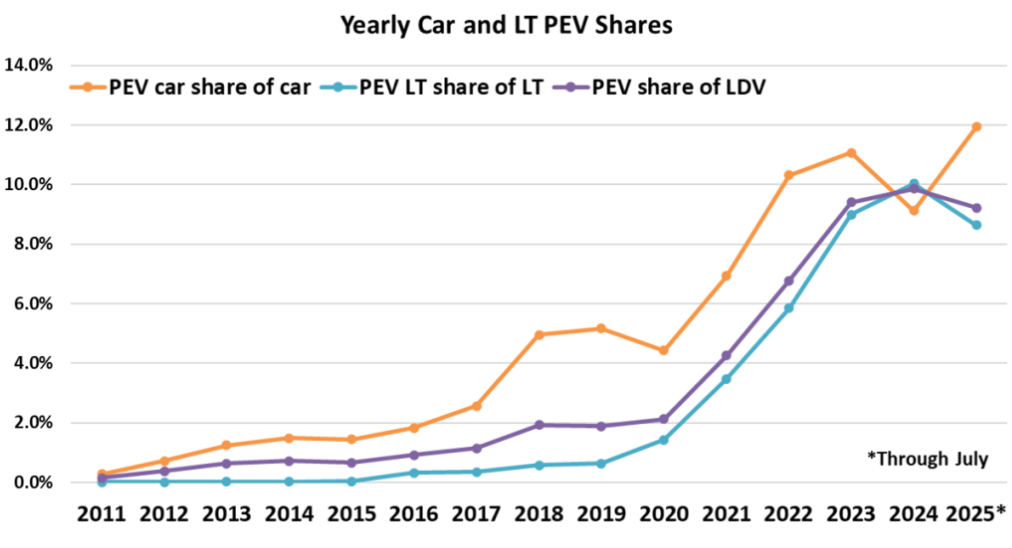
Numbers tell one story, but the human angle tells another. Price parity is not just an economic concept. it is the bridge that will carry millions of hesitant buyers across the divide between fossil fuels and electric mobility. For many families affordability defines possibility. The moment a compact electric vehicle costs the same as its petrol equivalent adoption will no longer rely on subsidies or idealism it will be driven by practicality.
Yet the global map of parity is uneven. Different markets are moving at different speeds, shaped by
government policy, local manufacturing and consumer demand. China leads the charge as it has in so many areas of electrification. The streets of Beijing, Shanghai and Shenzhen are crowded with affordable electric vehicle many powered by cost-effective LFP batteries that avoid expensive cobalt and nickel. With BYD, NIO and dozens of challengers fighting fiercely China is closest to universal parity. The government however has grown cautious urging automakers to avoid destructive price wars that could destabilize the industry.

Europe tells a different story. The shift is not just about economics but also about politics and environmental policy. Countries like Norway have already achieved effective parity thanks to aggressive tax breaks and incentives Germany, France and the UK remain a few years behind, but every drop in battery cost narrows the gap further. At the same time Europe is investing in its own giga factories to reduce reliance on Asian imports a move that will stabilize costs and foster long-term competitiveness.
Across the Atlantic, the United States is experiencing its own complex dance. Incentives and tax credits have accelerated adoption and electric vehicle sales are climbing steadily. Analysts expect segments like crossovers and mid size sedans to achieve parity before the end of the decade. Yet political uncertainty hangs in the air, Policy shifts can alter timelines overnight and while Tesla, Ford and GM push forward the American consumer remains cautious. Battery prices may unlock parity, but culture, politics and infrastructure will determine how quickly it takes hold.
India, meanwhile sits at a fascinating crossroads. The country electric vehicle boom has so far been led by two-wheelers and three-wheelers with over 2 million EVs sold in FY 2024, most of them in the affordable mobility space. Passenger cars remain a tougher nut to crack. The cost gap with ICE vehicles is still substantial and subsidies only partially bridge it. Yet India’s ambitions are bold. Government schemes like the Production Linked Incentive (PLI) are encouraging domestic battery production and local champions like Tata Motors and Mahindra are preparing affordable city EVs that could bring parity within reach by the late 2020s. For a country where affordability dictates mobility choices falling battery costs could be the trigger that rewrites the automotive future.
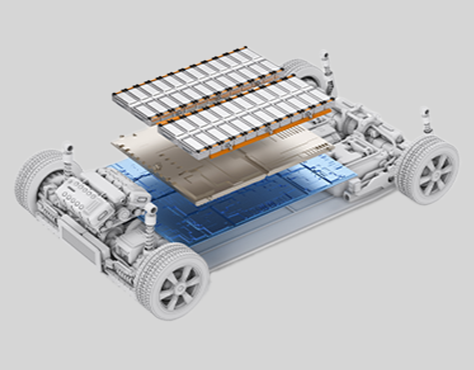
But batteries are not the whole story. The journey toward parity depends on a wider constellation of factors. Raw material markets remain volatile lithium, nickel and cobalt prices can swing wildly with geopolitical shocks and supply disruptions. Innovation is also reshaping the landscape. The rise of LFP chemistry has already lowered costs and sodium-ion technology promises another breakthrough waiting just over the horizon. Manufacturing scale matters as well. Giga factories sprouting across China, Europe and the U.S. are not just industrial marvels, they are engines driving down costs through sheer volume.
And then there is policy the invisible hand guiding adoption. Governments worldwide are tightening emissions rules, setting phase-out dates for combustion engines and offering subsidies to buyers. These incentives may eventually phase out, but by then, cost parity may make them unnecessary. Total cost of ownership already tilts the balance in favor of EVs in many markets. A recent study by the International Council on Clean Transportation (ICCT) revealed that more than half of EV models analyzed already have a five-year ownership cost lower than equivalent ICE cars, even without subsidies. That reality is quietly shifting the narrative from if to when.
So when will it happen? The timelines vary. Compact city EV could achieve parity by 2026–2027 mid-size sedans and crossovers by 2028–2030 and larger SUVs and premium models by the early 2030s. But these numbers may move faster if battery breakthroughs accelerate or slower if raw material shocks or political changes intervene. What is clear is that the trajectory is set. The curve is bending toward a future where EVs are not a niche but the norm.
The implications are profound. Automakers are scrambling to adapt strategies, redesign supply chains and win over customers in a rapidly changing market. Oil demand forecasts are being revised downward. Charging networks are scaling up racing to meet the wave of adoption that parity will unleash. And for everyday drivers the choice between petrol and electric is transforming from a financial stretch into a straightforward decision.

At EVCarBazaar, we see this as more than just a story of falling prices. It is a story of accessibility, of technology moving from elite showrooms to everyday driveways. Price parity is not just a milestone, it is the tipping point where the EV revolution becomes irreversible. The fall in battery costs is writing the next chapter of global mobility and it is a chapter that belongs to all of us.
